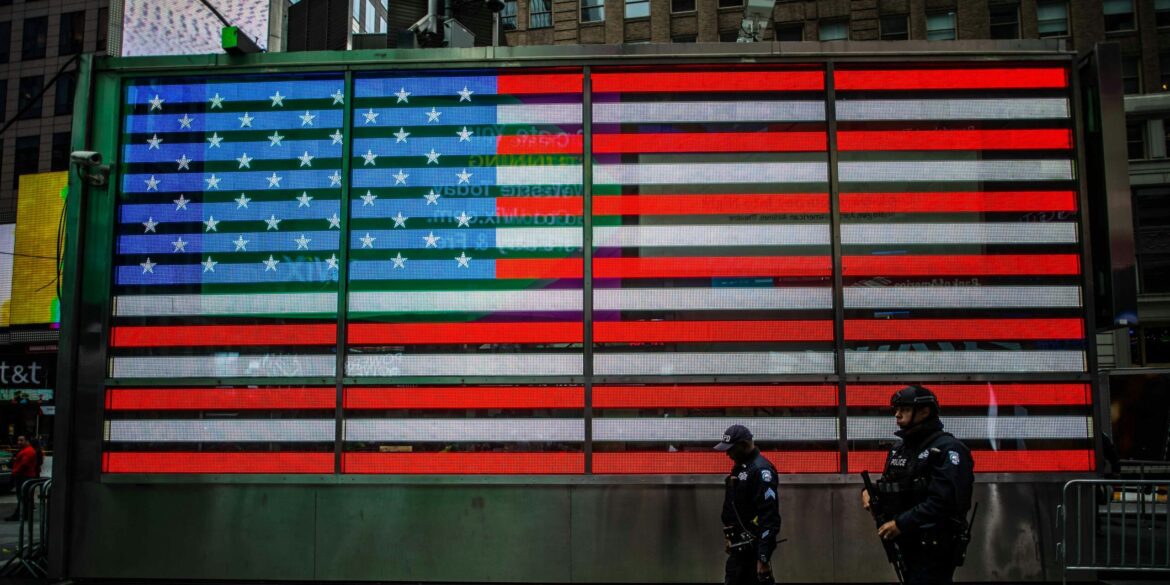On July 31, 2025, the U.S. Bureau of Economic Analysis reported that second‑quarter annualized real GDP had expanded by 3.0%, exceeding the consensus forecast of roughly 2.8% and signaling a stronger-than-anticipated recovery from a mild contraction earlier in the year. While growth was robust, incoming economic data painted a more nuanced story: consumer spending—traditionally accounting for about two-thirds of U.S. GDP—showed signs of moderation in recent months.
Labor market indicators remained firm alongside low unemployment. July’s nonfarm payroll report showed the economy added approximately 73,000 jobs, fewer than expected, though wage growth remained healthy at about 3.7% annually and the official unemployment rate held steady at 4.2%. The steady job growth reinforced the view that the labor market remains resilient.
Nevertheless, higher mortgage rates dampened the housing sector. Homebuying activity cooled as elevated borrowing costs and limited affordability weighed on demand. These conditions contributed to mixed signals about the sustainability of consumer-led growth.
Against this economic backdrop, the Federal Reserve chose to keep its benchmark interest rate unchanged at 4.25–4.50% during its July meeting. Fed Chair Jerome Powell stressed a data-driven strategy, citing both persistent inflation risks—particularly from tariff policy—and uncertainty over the durability of the growth surprise.
Investors greeted the GDP beat and strong tech earnings with enthusiasm, particularly as major technology companies exceeded expectations. Apple posted solid fiscal Q3 results, with iPhone sales up more than 13%, partly due to consumers accelerating purchases ahead of anticipated higher tariffs, though executives warned of margin pressure from future import duties. Meta and Microsoft also delivered strong earnings, briefly boosting market sentiment.
Despite these corporate bright spots, investor sentiment remained guarded amid credible concerns over tariff spillovers. The White House had rolled out a new tariff regime targeting dozens of trading partners, with rates potentially rising to as much as 18% on goods from over 70 countries. Investors braced for inflationary ripple effects across sectors.
Equity markets were mixed at week’s close. The Nasdaq and S&P 500 ended near record levels thanks to tech strength, although the S&P edged down about 0.4% and the Dow fell roughly 0.7% as broader concerns weighed on sentiment. Globally, markets also felt the pinch of tariff-related anxiety, with Asian and European indices retreating in response to trade uncertainties and investor caution.
Financial flows reflected a clear shift in sentiment. The U.S. dollar gained against major currencies, nearing its first monthly gain of 2025, while U.S. Treasury yields fluctuated: the 10-year note dipped from around 4.39% to 4.23% amid weak job news, while shorter-term yields also eased modestly.
Analysts highlighted two central challenges to sustaining optimism. First, the persistence of inflation: consumer price readings—including core PCE measures—have remained elevated at around 2.7–2.8% year-on-year, with durable goods prices rising sharply in recent months. Second, protectionist trade developments continue to generate volatility. Investor surveys show reduced appetite for risk-taking, with trade uncertainty cited as a major driver of caution.
Moody’s and Deloitte economists forecast that while the tariff-driven inflation spike may be temporary, elevated trade barriers are likely to slow growth going forward. Under their baseline scenarios, real GDP is expected to slow to around 1.5% in 2025 and hover around that pace into 2026. They foresee a possible rise in unemployment to 4.3–4.6%, coupled with a gradual decline in inflation through the second half of 2026.
Investors continue to monitor closely the intersection of monetary policy, growth momentum, and trade policy shifts. Futures markets now price just about a 50% chance of a rate cut in September, with limited easing expected before mid‑2026 if inflation proves sticky.
Looking ahead, major stake‑points include Federal Reserve communications—especially Fed Chair Powell’s anticipated speech at Jackson Hole in August—along with incoming data on consumer spending, inflation (especially PCE), and job growth. Corporate earnings season will also bring critical insights, particularly from sectors most exposed to tariffs and cost inflation.
In sum, while the 3% GDP growth report exceeded expectations and tech earnings lifted investor sentiment, a confluence of concerns—from cooling consumer activity to rising inflation in goods and escalating tariff friction—has fostered a cautious market outlook. Investors remain watchful, focusing closely on whether the economic strength will prove enduring or gives way to trade-driven uncertainty and tighter financial conditions.

